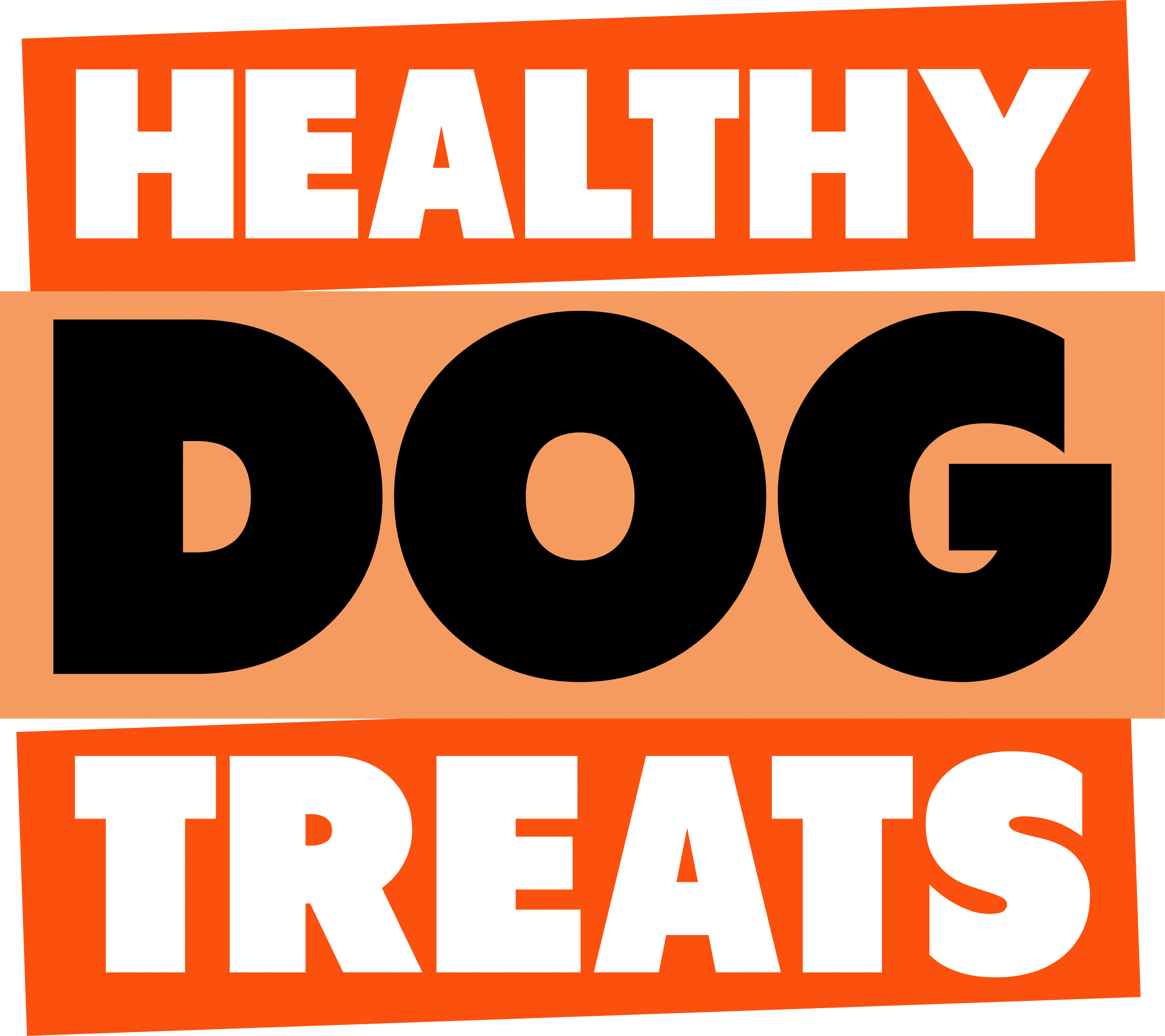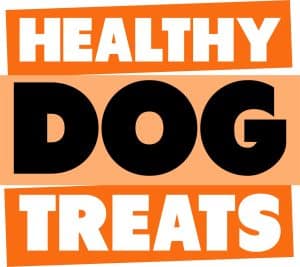DOG FOOD: What Percentage MEAT does your dog NEED & what are they getting?


Dog food @ 100% animal product
Domestic dogs evolved from wolves about 20-30 thousand years ago. It is wildly believed that humans caused this evolution (taming and breeding more tame dogs), but of course, over the last 500 years of dog life in our urban world, we have breed dogs down in size and for purpose so that this connection is almost unrecognizable from the wolf. Except for their digestion essentially remains the same as the wolf, all but for a minor tolerance to eating some carbs.
This tolerance has allowed corporations to exploit domestic dogs to the fullest for unimaginable financial gain.
The original domestic dogs had exactly the same digestion as wolves, and wolves are 95% meat-eaters. They were the alpha predator of their domains, they would stalk, hunt, kill and eat their prey, That was their purpose on life. The meat, offal, and bone they ate were from whole animals, fresh kills that would sustain them from over several days to a week. The alpha pack members go the main choice of the animal and lesser pack members fought over the scraps, but they all got the animal product. Berries and non-meat products were only consumed in times of extreme famine or missed animal kills.
You will notice that “affco” guidelines (that almost all commercial dog food must meet) require “dog food” to have a given rate of vitamins, minerals, essential amino acids (protein components) AND Omega 6. Most dog food companies supply Omega 6 via sunflower oil or similar.
There is no Omega 3 requirement, but dog food companies know that Omega 3 acts as a catalyst to Omega 6 working in the dog’s body, so they usually include flaxseed (omega 3) to a ratio of omega 6 to 3 of about 7 to 1. Because flaxseed is not as bioavailable as Salmon oil, that ratio can blow out to anywhere between 30 or 70. That is why raw feeders and others in the know supplement with Omega 3 from animal sources, or use meat dog treats high in Omega 3.
affco also lists the calcium and phosphorus amounts required in dog food, with a ratio range between them. They don’t define the source, so your dog can get calcium from rocks (not as bioavailable as quality bones). You will note that animal bones NATURALLY supply the highest bioavailable source of calcium and phosphorous in exactly the right ratio that the dog food companies try to achieve in the labs.
100% animal-sourced food means that the dogs get the exact right balance in ALL NUTRIENTS required. The protein is, of course, animal protein and is fully bioavailable – meaning that all of it can be used by the dog’s body. Animal fats can be used for energy or other metabolic processes and are bioavailable. Same as for the bones.
One of the greatest things missing from commercial dog food is natural ANIMAL fiber. Dogs get it from eating animals and the non-digestible parts like fur, hooves, etc keep their intestine healthy. They don’t have to measure the exact amounts, they just get it NATURALLY. But the preparation and safety measures for the average person to prepare 100% of animal diets is usually beyond most owners.
80% of animal product dog food
This is the mark that a novice raw feeder often aims at. NOTE raw feeding or BARF diets have been high jacked by commercial interested over the years so much so that some owner think that including a high level of plant product is still a raw or natural diet. If you do this, you may as well feed your dog kibble. Real barf is unprocessed ANIMAL product, not serious plus cheap mince.
A pure raw dog food feeder will feed will laugh at this low level (80%) of animal products (mostly meat). However if you don’t have ready access to raw small animal kills or have a dog that humans evolved to have a soft jaw like a pug, cavalier or several retrievers like bird dogs, then the 80% mark is what is often required to gets sufficient fibre into your dog for optimum intestine health.
Just like humans are likely to suffer from bowel cancers when they don’t eat sufficient, appropriate fibre, dogs can too. It is critical to get your dog’s intestine walls naturally thick and pliable and the microorganism environment correct. You can try and track down fibre that your dog will eat in whole form, or powdered form, but many dogs don’t like fibre sprinkled over their meat. This is the only compromise I make in my own dog’s raw diet – ie feeding him a small amount of ultra-high fiber kibble for intestine health. But then again, I do feed my dog to select amounts of healthy meat-based dog treats EVERY day.
50-60% animal product dog food
This is typically the super-premium, super priced commercial dog food you typically see from New Zealand suppliers. It is noted that there is a couple of 90% meat commercial dog food suppliers around, but because of their lack of competition and extreme prices, mostly people with very small dogs can afford to opt for these types of “ultra” high, meat-based dog food regularly.
And the reality is you pay a massive price premium for 50% to 60% meat dog food compared to the also high priced 40% (high volume sales) commercial kibble. You are much better off feeding your dog regular kibble and quality meat-based dog treats. Where you can actually see and smell the 100% meat.
30 – 40% of meat-based dog food
This is the typical commercial dog food sweet spot. This is what 97% of Australian dog owners feed their dog.
This is the amount of meat in almost all commercial dog foods available at supermarkets, and woefully short of the 95% to 100% natural animal product dogs consume in the wild.
If you were wondering why commercial companies settle on 30% minimum meat source in the cheapest dog foods, it is simple. This is the minimum “amount” that affco’s protein (essential amino acid levels) requirements. The minimum amounts that affco dictates must be used in dog food, so that your dog does not die, or get sick noticeably early. They will say so that the dog food can be called ‘whole and complete’ or some variation of, but dog food trails have shown that anything substantially below this value, across most healthy dogs – will substantially reduce their health via reduced immunity, organ failure or cancers, etc.
If your dog is old, puppy, sick, pregnant, has long growing coats, is in the cold or heat, is a working dog – most commercial dog food is not acceptable at this low meat level. They suggest you feed your dog more kibble, rather than higher meat sources which are really the solution.
If you doubt the calculation of this low meat-based range rational, you can do as I did and spreadsheet essential amino acids levels required by the tables with the mix of meat or ANY GRAIN to achieve the minimum essential amino acids levels to be allowed to be called dog food. It turns out that you have to include 30% beef or chicken or similar otherwise the affco table minimum essential amino acid requirements can’t be met.
if you want your dog hovering on the minimum amino acid levels allowed, you can do this, but be aware, that these minimum levels do not take into account of the bio-availability factors. Essentially meat can have up to nearly two times the bioavailability of grain or vegetable sources. So while meat plus 70% vegetables appear to meet the bare arithmetic essential amino acid levels, the vegetable sources are used at about half the rate of most meat-based sources. So 30% of meat commercial dog food typically is NOT adequate for your dog’s basic protein requirements, let alone animal fat needs.
ZERO MEAT based dog food.
Consider the carnivore nature of the dog’s digestive system and bioavailability issues.
Consider that dogs in the wild eat almost exclusively all animal products (because their systems need it). But there is no dog that in the wild mostly eats mainly plant-based products, not even below 80% meat if it has any choice in the matter (ie meat is available). Refined sugar products are not a natural option. Nor TVP’s or all the other tricks they use like label ingredient splitting to confuse consumers into thinking they are getting more meat in their product than they actually are.
From time to time, you will read in the media, buried deep in the pages of the newspaper (who gets paid a lot by pet feed companies for ads) about vegetarians feeding their cats a vegetarian diet and the cat swiftly dying. That is because all science journals know that domestic cats are 100% carnivores. Even cat food companies boost certain amino acids like taurine to meet their special requirements. NOTE that not even cat food is required to be 100% meat, even though all scientists know cats are 100% carnivore. Right there, is a great insight into the duty of care followed?
All pet food companies have to do is meet the minimum values on the affco tables, and just like dog food, there is no source specified of that food required. This loophole allows many vets (who should know better) to feed cats often much less than 100% animal-based ‘cat food’.
And here is the trick that cat food makers extend to dog food. If you do things like boost vegetable oils in the products, a dog or cats coat looks glossy, and so people think their dog is healthy. They will add micronutrients of anti-oxidants like blueberries because all humans have read how great they are, but of course, boosting the meat component in dog food would actually improve health rather than giving the illusion of increasing health.
A dog fed substantially below the 30% meat level in low-end commercial dog foods, will readily show health problems that have a high likelihood of becoming chronic or fatal.
CONCLUSION
There is no expectation or pressure on regular dog owners to source for their dog’s daily raw small animals for their dogs to eat (the 100% raw feeder method), Supermarkets know that the convenience of buying a 20 Kg bag of kibble every month or so is just too irresistible for many dog owners, as long as media and celebrity vets maintain the illusion that commercial dog food is actually ‘whole and complete’ or ‘balanced’.
Over processed, vegetable-based dog food contains very few of the enzymes that raw meat or dried meat-based dog treats can provide.
Even the 80-90% animal-based dog food option is too much for most people to achieve. because besides believing in the food type appropriate to a species concept, or doing the spreadsheets to convince themselves of the nutrition requirements or understanding the detail of science paper discourses on bioavailability … there is a lot of extra meat buying, freezing, and preparation in each dog meal.
in your 80% animal product preparation you will also need to get the ratio of meat, offal and bones correct, and add sufficient omega 3 and 6 (if you want to at least attain the affco levels as a safeguard).
Assuming that most people will want to continue buying commercial dog food and are generally happy with the product. The only viable solution to get extra quality meat into your dog is to increase the nutrition in their dog’s diet via extra quality raw meat or meat-based dog treats.
Meat-based dog treats will provide real chewing challenges that will maintain teeth and gum health, as well as ad bioavailable protein (essential amino acids) and natural Omega 3 (mostly in roo and fish products) as well as provide a primal occupation to reduce boredom.


